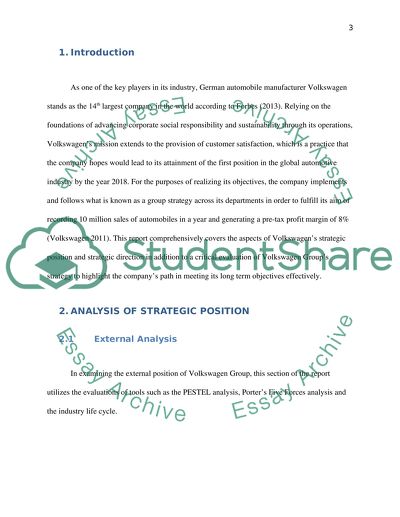Cite this document
(“Volkswagen Essay Example | Topics and Well Written Essays - 2000 words - 1”, n.d.)
Volkswagen Essay Example | Topics and Well Written Essays - 2000 words - 1. Retrieved from https://studentshare.org/marketing/1480870-volkswagen
Volkswagen Essay Example | Topics and Well Written Essays - 2000 words - 1. Retrieved from https://studentshare.org/marketing/1480870-volkswagen
(Volkswagen Essay Example | Topics and Well Written Essays - 2000 Words - 1)
Volkswagen Essay Example | Topics and Well Written Essays - 2000 Words - 1. https://studentshare.org/marketing/1480870-volkswagen.
Volkswagen Essay Example | Topics and Well Written Essays - 2000 Words - 1. https://studentshare.org/marketing/1480870-volkswagen.
“Volkswagen Essay Example | Topics and Well Written Essays - 2000 Words - 1”, n.d. https://studentshare.org/marketing/1480870-volkswagen.


